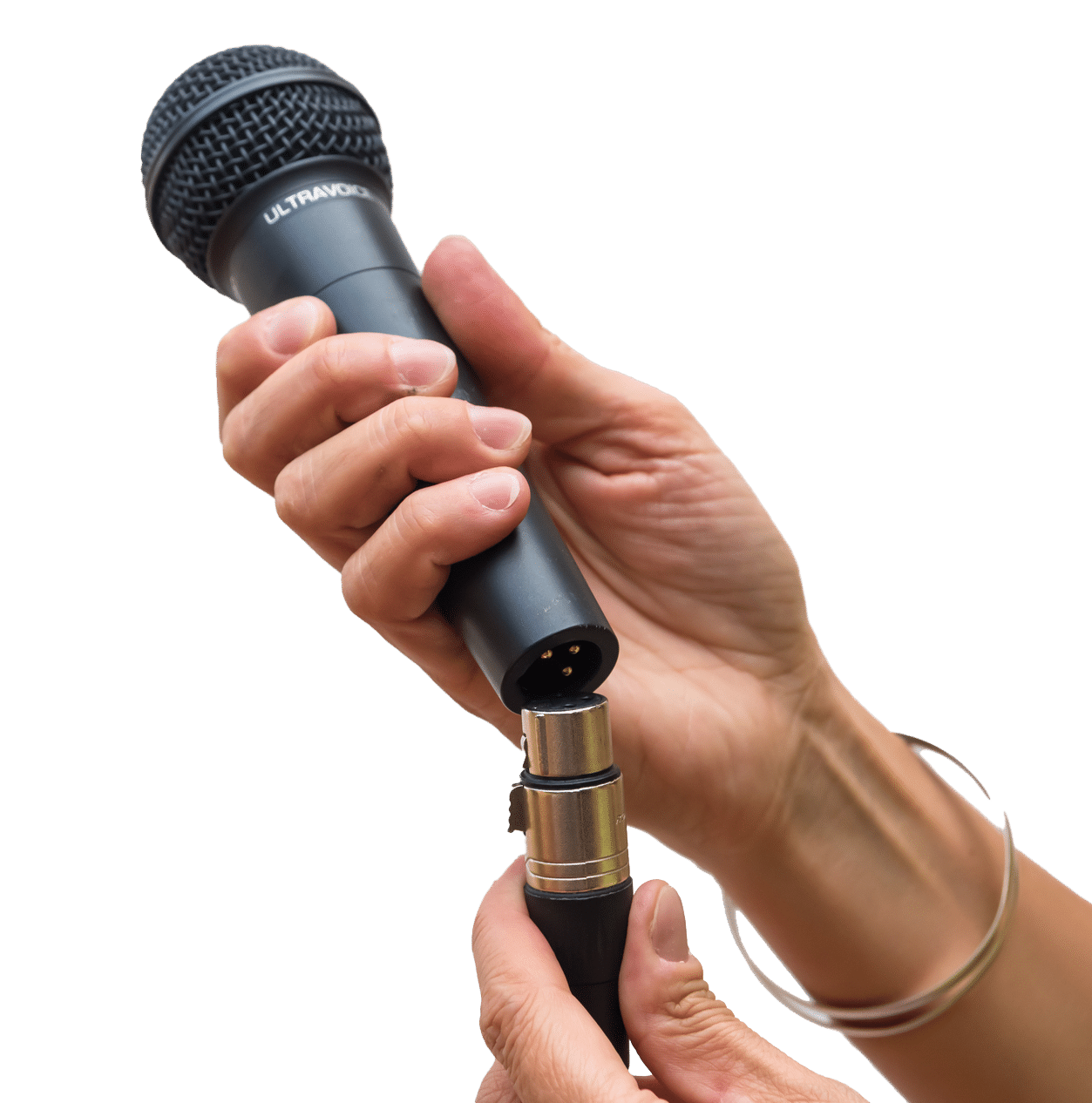Top-tier music programs like Juilliard and New England Conservatory entice legions of hopeful musicians with notoriously tiny acceptance rates under 5-6% annually. These disheartening numbers seemingly cement images of next-to-impossible prestige. However, aspiring students must understand the complex truth about music school acceptance rates. That includes knowing how schools can mislead with reported statistics to perceive their admission prospects accurately.
Table of contents
Flawed Metrics Paint Inaccurate Pictures
Acceptance rates indicate selectivity by comparing admitted students against total applicants. Yet inconsistent calculations between institutions severely limit valid comparisons and hide the truth about music school acceptance rates. One university might quote an overall rate covering multiple departments, while a peer cites numbers only for specific instruments. Reporting timeframes also differ significantly. Such variations enable schools to inflate exclusivity perceptions through cherry-picked datasets, regardless of applicant quality year-to-year.
To illustrate, School A reports an 8% acceptance rate overall, including graduate programs. Yet its historical instrument department alone admitted 12% last year. School B posts a 4% figure for undergraduate piano applicants. Despite School B appearing more selective based on its lower rate, the two institutions likely exhibit similar selectivity for comparable music programs. But without granular departmental context, students presume otherwise.
Applicant Pools Skew Perceptions
Additionally, most music programs only publicize simplistic acceptance rates without applicant details. Consider a school rejecting 93% of applicants. This seems incredibly daunting. However, say 80% of those applicants performed far below admission standards at the outset. Now the picture shifts – an appropriate student with reasonable proficiency faces roughly 50-50 chances, rather than near-impossible 7% odds. Yet, lacking applicant context, students feel discouraged by inflated numbers and often self-select out of applying.
In reality, the perception of prestige tied to low acceptance rates matters more to music schools than accurately reflecting selectivity year-to-year. After all, no oversight currently standardizes reporting approaches across institutions to enable reasonable comparisons in the first place. This allows music programs to cherry-pick methodologies at will to sustain surface-level reputations.

Case Illustration – Juilliard
Analyzing real acceptance dataset nuances demonstrates how headline rates mislead to obscure the truth about music school acceptance rates. Juilliard’s recently publicized 3.2% undergraduate rate seems astonishingly brutal at face value. However, this aggregates both music and non-music divisions, deflating the average. Investigating further, 5.6% of instrumentalists gained admission against 3.6% of vocalists in that same application cycle. Though still selective, these instrument-specific rates prove significantly more attainable than the marketed overall figure used to bolster Juilliard’s aura of exclusivity. Such granularity better reflects realistic odds.
Impacts on Student Decisions
Inflated, oversimplified statistics cloud the truth about music school acceptance rates. They shape aspirant academic planning and career paths when taken at face value rather than adequately contextualized. Talented musicians deemed a “good fit” by faculty already on the inside pass up applying to target programs based primarily on daunting published rates. This becomes concerning as traditional performance careers grow more unpredictable. Selecting supportive mentors and collegiate cultures matters greatly now. However, students lacking accurate admissions metrics struggle to gauge best-fit options objectively.
Furthermore, while one applicant pool strengthens, others dilute from year to year. Say a school usually admits 5% of violinists and 10% of vocalists. But this year, due to curriculum changes, 100 unqualified violinists applied alongside only 50 qualified singers. Now, the overall rate plummets below 5%. Yet for an appropriate violin or voice applicant, nearly the same historical odds of admission remain intact. This year’s lowered rate misaligns with the selectivity reality. But without knowing applicant pool dynamics, students again feel discouraged by the rate fluctuation alone.
The Unvarnished Truth
The National Center for Education Statistics (NCES), the primary statistical agency of the U.S. Department of Education, is a definitive source on acceptance rates. It has a Congressional mandate to collect, collate, analyze, and report complete statistics on the condition of American education. You can look up statistics for reporting schools using the NCES online resource College Navigator.
For example, when you use College Navigator to find information about Juilliard, we find that the school reported an 11% acceptance rate for the 2022-3 school year. That is significantly higher than the number Juilliard trumpets. College Navigator tells us the acceptance rate for the New England Conservatory was 38% for the same year.
These can be seen as accurate numbers since they are based on institutional reports to the federal government. They do have a hard limit, though. College Navigator only reports figures for whole institutions. Since the New England Conservatory only teaches music, the published figure directly reflects how difficult it is to gain acceptance there as a musician. If you look up, say, the University of Miami, you only find the aggregate acceptance rate for the entire institution.
Takeaways – Question the Data
As an aspiring music student, you must empower yourself with the truth about music school acceptance rates. You can do so by questioning reported acceptance rates when planning applications rather than presuming advertised statistics paint complete pictures. Consider investigating:
- Department/program-specific rates rather than overall combined rates
- Applicant qualifications/distributions driving annual percentages
- Timeframes and reporting methodologies creating dataset variations
- Published rates over multiple years to identify outlier years
While daunting acceptance rates reflect extremely talented applicant pools at top institutions, headline statistics remain open to manipulation undisclosed to students. Accurately interpreting odds and best fits requires carefully contextualizing the numbers beyond taking them at face value. Only then can students cut through inflated perceptions and determine applications wisely despite opacity in the music school admissions process. The future careers of talented young musicians depend greatly on proactively seeking the full stories behind the rates upfront during academic planning stages.
Doctor Fish Says
Need help figuring out what’s the best music degree for you? I’ve helped college-bound musicians win acceptance at top music schools, pursuing all types of degrees. The College Music Major team and I can help you, too. Here are the services we offer. Let’s connect!
FAQ About Music School Admission Rates
Why do music schools publish such low acceptance rates?
Music schools publish very low acceptance rates to reinforce prestige perceptions and make their programs appear highly selective. However, these rates frequently lack the appropriate context to interpret accurately.
How do schools calculate acceptance rates?
Acceptance rates compare admitted students against total applicants. But methodologies detailing timeframes, departments, and qualifications factored vary widely across schools, skewing direct data comparisons.
What major factors influence acceptance rate fluctuations yearly?
Annual acceptance rates shift based on applicant pool sizes, distributions of qualified versus under-qualified applicants, and cherry-picked calculation methods enabling manipulation by schools to control optics.
How should I contextualize a published 3% acceptance rate?
Extremely low rates under 5% lack critical applicant details and program differentiation to interpret meaningfully on the surface. Request department/instrument-specific rates over 3 years to gauge normal range fluctuations and identify outlier years skewing averages.
How do I know if an acceptance rate reflects my true admission chances?
Headline selectivity metrics rarely capture nuances differentiating individuals’ odds from broader applicant cohorts. Contact schools directly to inquire about rate calculations and applicant qualification distributions specific to your instrument and academic background.
Which music programs publish the most reliable acceptance data?
Some institutions like Oberlin, Rice, and Northwestern demonstrate greater transparency providing instrument/program-specific annual acceptance rates without inflating perceptions of exclusivity relative to actual applicant pools.
Who oversees music school acceptance data reporting?
Currently no national oversight body or reporting standards exist. This enables U.S. music programs to set internal calculation and publishing policies without requiring accuracy or transparency.
Where can I research accurate music school acceptance datasets?
Start by contacting target programs directly with specific rate data requests for your instrument and degree level. Aggregated reporting sites providing unofficial consolidated acceptance data often lack proper nuance.
Related Posts
Let's Connect!
Interested in CMMaj helping you (or your child) discover best-fit music schools and apply/audition for them successfully? We'd be happy to chat with you. Just fill in the form below, and we'll get back to you as soon as possible.

About the Author

Dr. David Lee Fish
Dr. David Lee Fish, Ph.D. is the founder of College Music Major. A veteran figure in music and education whose extensive career spans decades, he's known for his unique approach to music and for sharing his passion with others. His expertise ranges from performance and songwriting to education and private consulting.

